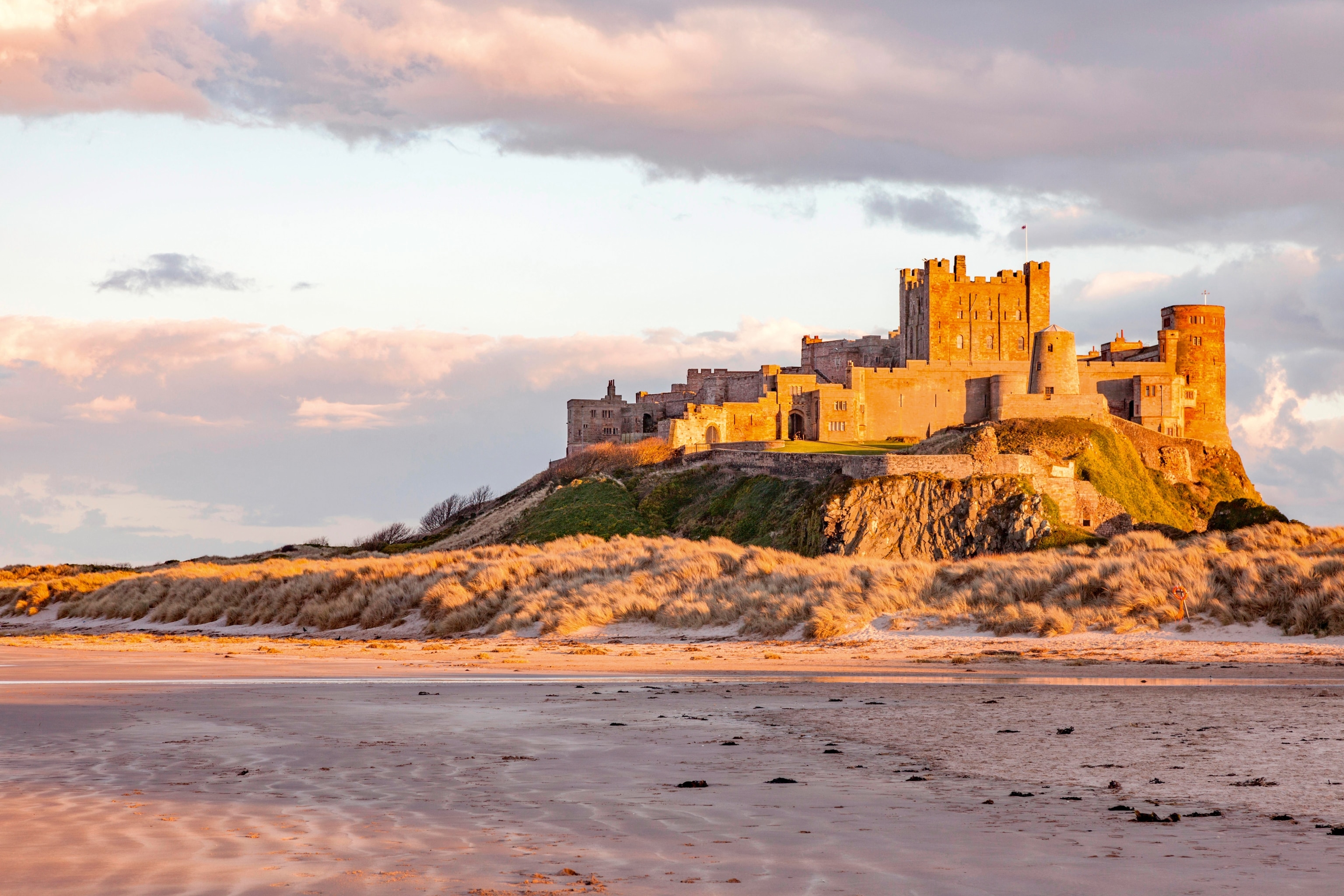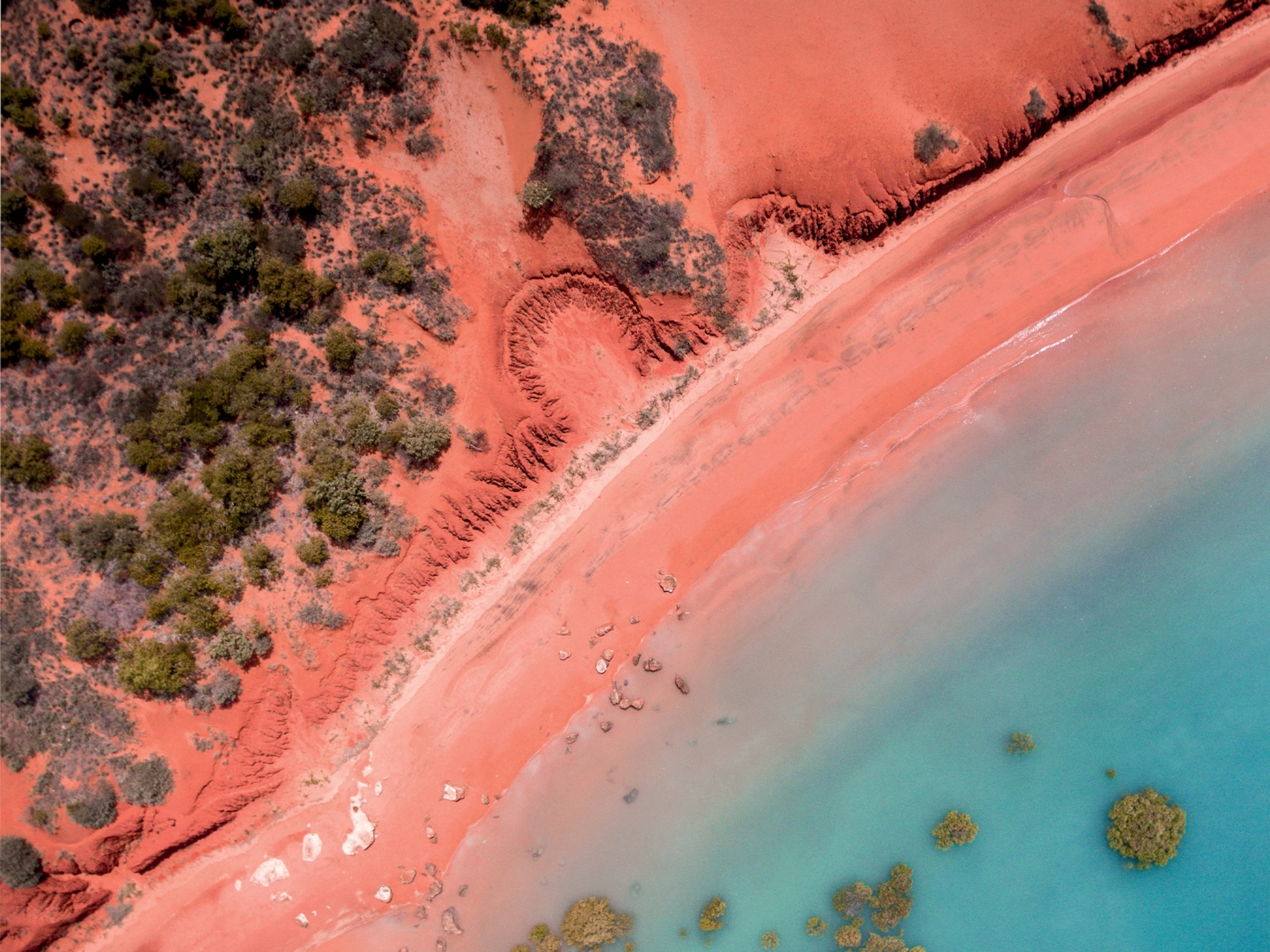
Castle-backed beaches, smokehouses and ruins: the Northumberland Coast has it all
With seaside trails, castles and even a pilgrimage site, this coastal stretch of North East England warrants weeks of exploration.
Windswept and wild, the coastal stretch of Northumberland has a real sense of space and isolation. Due to its strategic location close to England’s border with Scotland, the county has more than 70 castle sites, too — some ruined, some still as grand as when they were built, many overlooking the sea. Highlights include Bamburgh Castle, dating back millennia, and Alnwick Castle, which featured as Hogwarts in the Harry Potter films. During spring or summer, a boat trip out to the Farne Islands offers the chance to see one of the UK’s largest puffin colonies; summer or autumn is the time to see grey seals.
What to do
The Northumberland Coast Path stretches for 62 miles from Cresswell to Berwick-upon-Tweed. It is split into six stages, and tackling anything between six and 13 miles is realistic for most people. The 10-mile Craster to Seahouses section is regularly cited as one of the country’s best walks, with the ruins of 700-year-old Dunstanburgh Castle, sandy beaches and rocky foreshore.
Where to eat
The fishing village of Craster is famous for kippers and the smokehouses where North Sea herring is cured. L Robson & Sons has been operating for over a century, and the fourth-generation family shop remains popular. Across the road, the aptly named Jolly Fisherman is everything you could want from a pub — particularly on dark, stormy nights, when you’re greeted by a roaring fire. The menu is a cut above the average, with oysters and crab.
We like
England’s northernmost town, Georgian Berwick-upon-Tweed’s position a few miles from the Scottish border means it’s changed hands between England and Scotland 13 times. Its 16th-century fortifications are some of Europe’s best preserved and are entirely walkable.There’s also the Victorian Royal Border Bridge crossing the River Tweed, plus sandstone streets with art galleries, cool cafes and independent shops.
Don’t miss
The Holy Island of Lindisfarne retains the sense of mystery it’s had since a monastery was built here in 635 CE. Its founder, St Aidan, is credited with bringing Christianity to north England’s pagan Saxons, making this a pilgrimage site. It’s only accessible by a causeway according to the tide; check for safe crossing times on the website.
Where to stay
Overlooking the coast from Craster, Sea Breeze is a refurbished self-catering house with subtle nautical-themed touches and plenty of windows from which to admire the view. Sleeping six, there are three bedrooms, an upstairs sitting room, a TV lounge and a conservatory, plus a balcony and a patio.
To subscribe to National Geographic Traveller (UK) magazine click here. (Available in select countries only).





